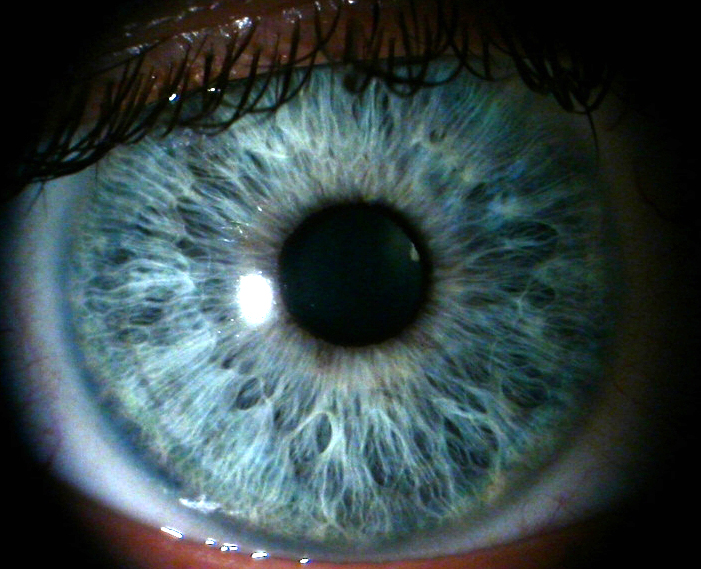The sea levels around Britain were about 100 meters lower than they are today and as recently as the 10th century, a forest of submerged trees could be observed at low tide, at various places along Britain's coastline. In Cornwall, the remains of a petrified forest can be seen at certain times of low tide. Britain, in fact, only became an island properly in 5500 BCE.
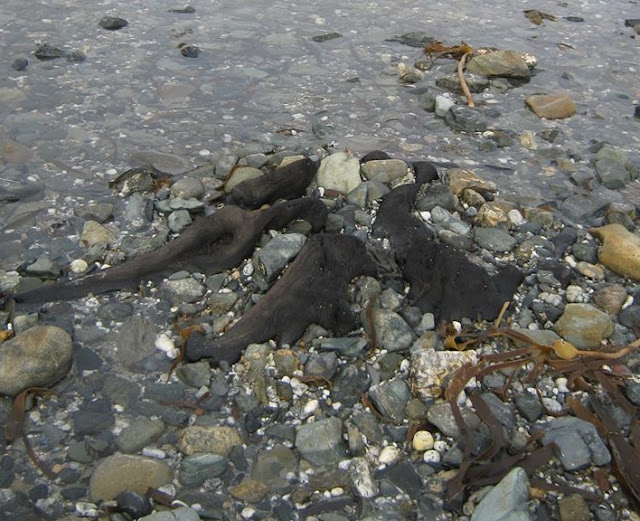 |
| Submerged forest at Mount's Bay, Cornwall |
The Altai Flood, which resulted from the emptying of two interconnected lakes on the Chuya River, was one of the largest of these megafloods, which swept through what is today central Russia, creating terraces and strandlines, where the exceptional events took place. The various megafloods of the last Ice Age not only created odd landscapes and altered the circulation of the oceans, and changing Earth’s climate, but also caused the loss of some cities to the sea.
The flood myth of Mahabalipuram, were written down by British traveller J. Goldingham, who visited the Indian town in 1798. These stories told by local fishermen told of a great flood consuming a city over 1,000 years ago in one day.
The British television presenter Graham Hancock took the stories of an underground city off Mahabalipuram, India, seriously and his interest led to the English-based Scientific Exploration Society, teaming up with India’s National Institute of Oceanography. An amazing discovery was the result. Submerged structures were found off the coast of Mahabalipuram, such as sandstone walls, a grid of streets and remains of a seaport, some 70 feet beneath the sea. Pottery, at the site, has been dated to 3528 BC.
Interestingly, Australian Aboriginal storytelling also tells of the rise of sea levels which reached their present level about 7,000 years ago. Some of these stories are factual and relate to the loss of kangaroo hunting grounds and others involve myth, magic and ancestral beings. Never-the-less, if these stories have been passed down from the times the great sea level rises 7000 years ago, this means that about 300 generations have continued the storytelling tradition from that time. Amazing!



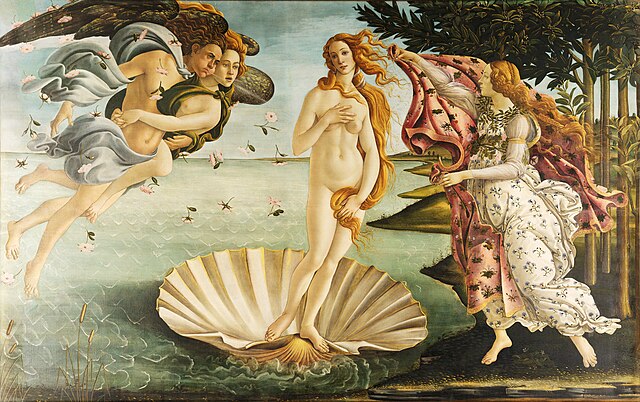

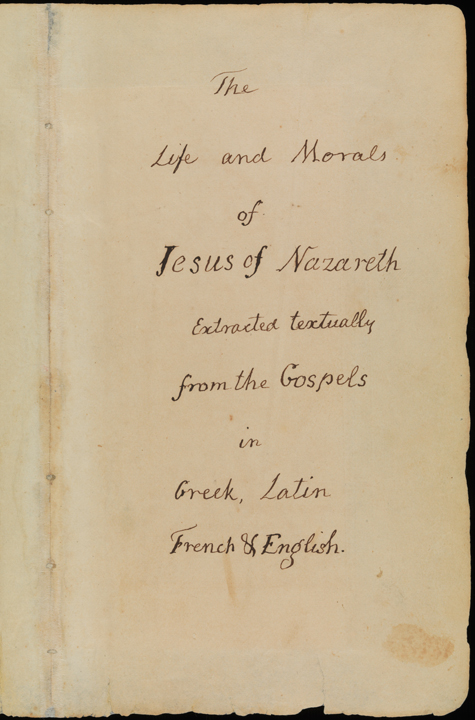






.jpg)



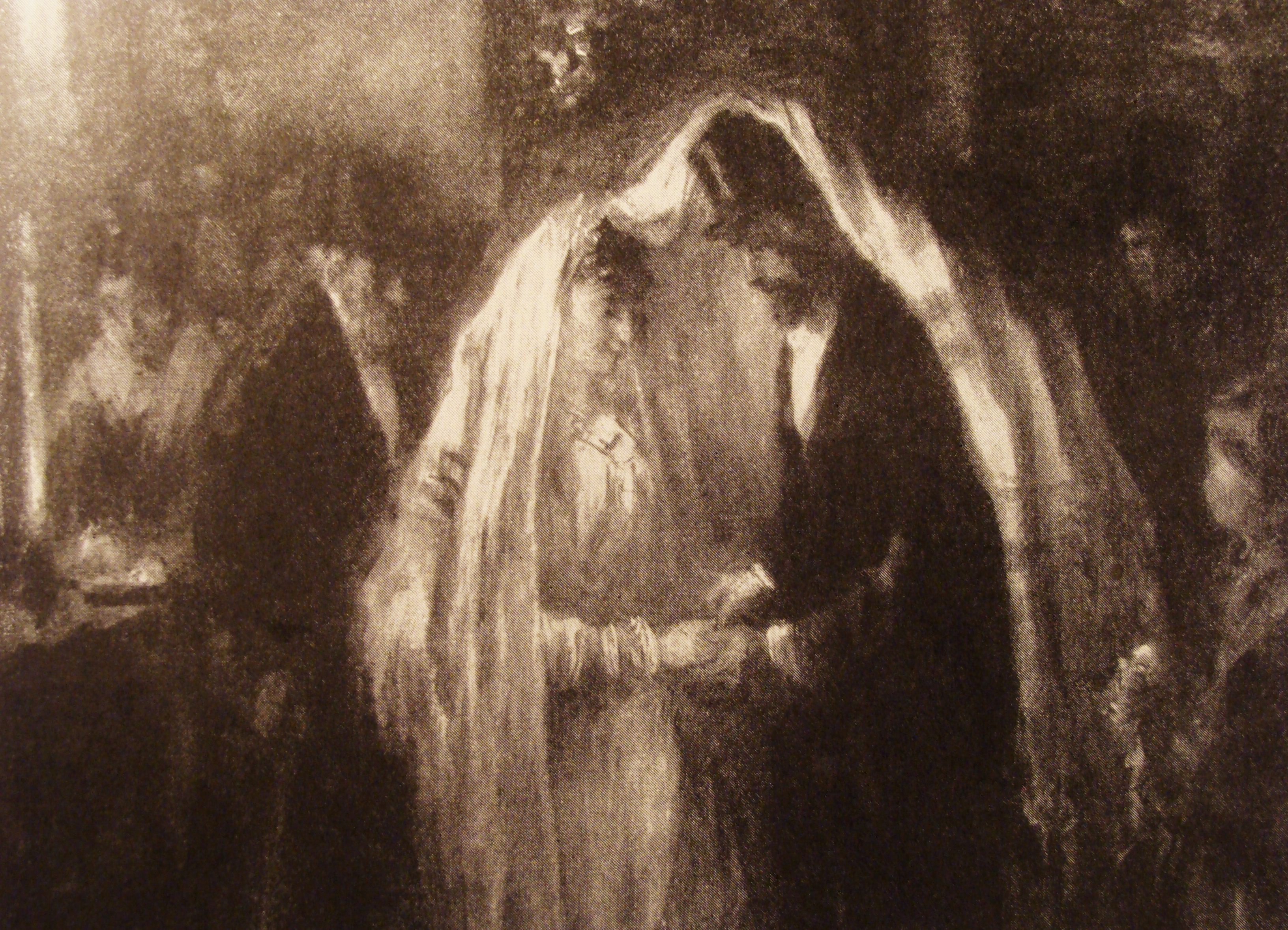
_-_3.jpg)


